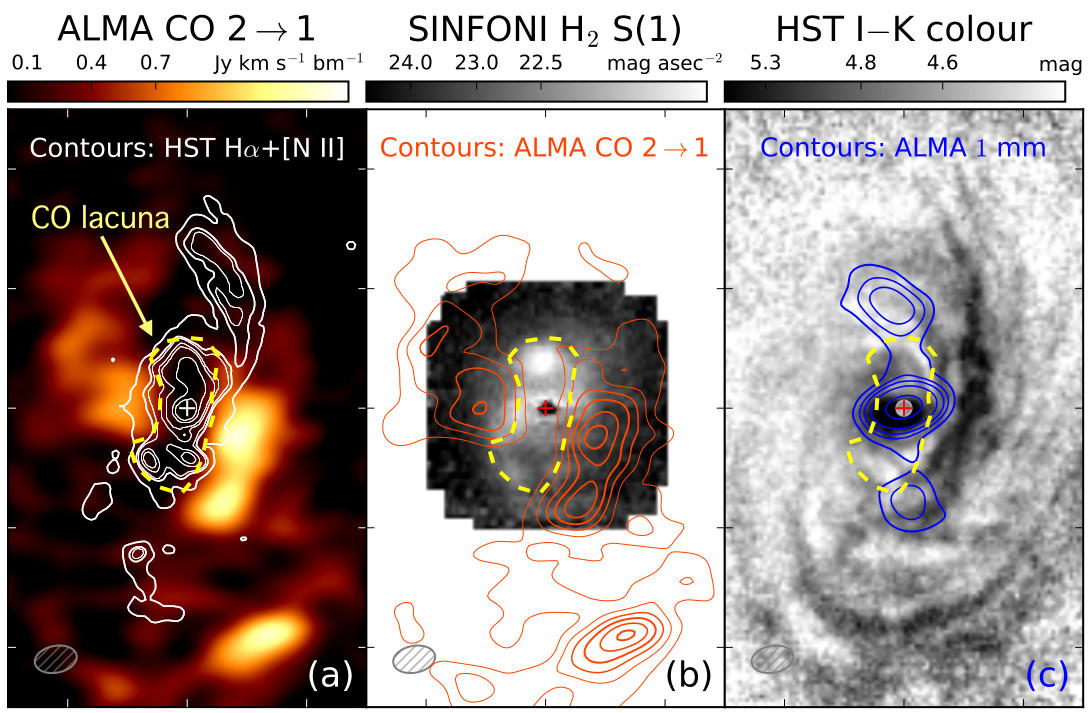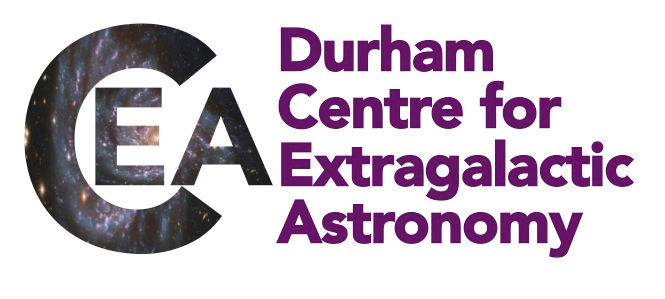CEA News, April 2019
Sharp Eyes on Cold Gas: ALMA observations of the Seyfert galaxy NGC 2110
Cold molecular gas in galaxies is the raw material for the formation of stars. Growing supermassive black holes, also called active galactic nuclei (AGN), are known to play an essential role in the evolution of galaxies by modulating star-formation through the profuse energy they release into their environment.

The actual process by which this “AGN feedback” impacts molecular gas has proved difficult to study because of the small scales involved, requiring sharp views of molecular gas emission in the very centres of galaxies.
For the first time, the Atacama Large Millimetre Array (ALMA) is allowing such studies to be made. Postdoctoral associate Dr. David Rosario led a team that looked at a nearby Seyfert galaxy, NGC 2110, with ALMA, the Hubble and Spitzer space telescopes, and the ESO Very Large Telescope. Their work revealed new and important pathways by which the AGN, through its intense beam of high energy radiation, changes the nature of molecular gas within a 1000 light-years of the central supermassive black hole.
Through a detailed analysis of many different types of molecular emission in the nucleus of this galaxy, they worked out a way to measure the actual amount of gas within and outside the AGN radiation zone. To their surprise, they found that the molecules remain resilient and relatively unperturbed by the powerful glare of the AGN. This could imply that AGN are not capable of easily destroying star-forming gas, and future work may reveal that other channels of feedback are more important for influencing how a galaxy forms its stars.

